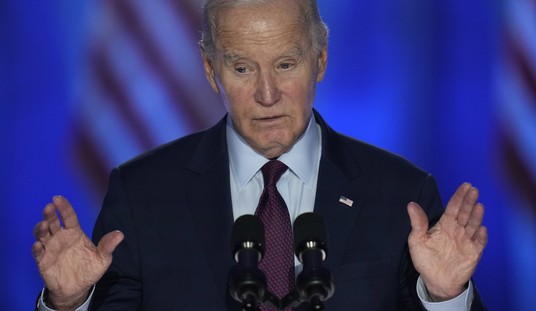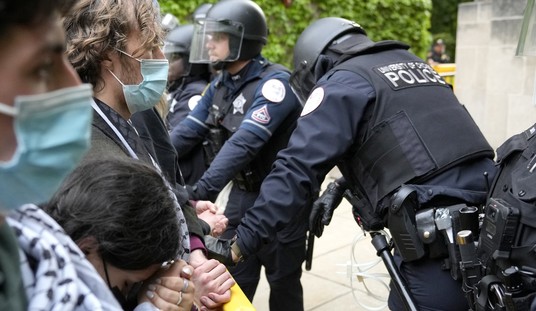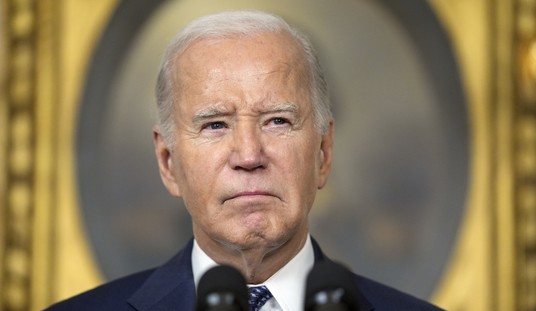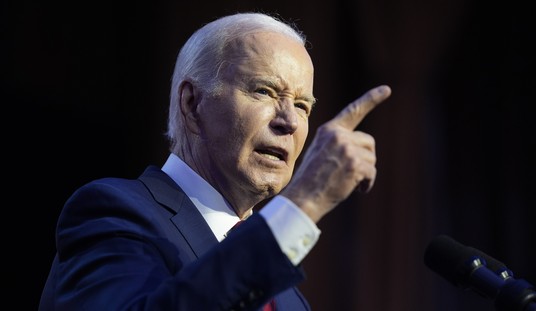The psychology of victimhood and the politics of envy are powerful political tools and we see them being exploited this political season. Politicians telling Americans how bad off we are reminds me of one of Aesop's Fables where a dog was carrying a piece of meat across a bridge. Looking down into the river, he saw his shadow, which appeared to him as another dog carrying a larger piece of meat. Attacking the "other" dog, he dropped his piece of meat into the river and it was gone for good. Aesop's lesson is something to keep in mind as politicians offer their solutions to income inequality.
Michael Cox and Richard Alm, two economists at the Federal Reserve Bank of Dallas, penned an article in The New York Times (2/10/08) titled "You Are What You Spend." The authors point out that since 1975, the share of national income produced by the top 20 percent of households, averaging $150,000, rose from 43.6 to 49.6 percent while that of the lowest 20 percent, at $10,000, fell from 4.3 to 3.3 percent. Cox and Alm argue that household income is not a complete measure of well-being. A far more useful measure of well-being is what households spend.
While the lowest fifth averages $10,000 in income, they spend almost twice that amount. The highest fifth averages $150,000 and spends about $70,000, the rest goes to taxes and savings. The middle fifth averages $45,000 and spends about $35,000. While there's a large income gap of 15 to 1 between the top fifth and lowest fifth, the spending gap pales in comparison. If we look at consumption, the gap between the top and lowest fifths declines to around 4 to 1. Similar narrowing takes place throughout the income distribution. The middle 20 percent of families earned incomes more than four times the bottom fifth, but the spending gap was only 2 to 1.
Another factor to consider is that high-income households are larger with an average of 3.1 people in the top fifth, compared with 2.5 people in the middle fifth and 1.7 in the bottom fifth. Thus, if we look at spending per person, the difference between the richest and poorest households falls to just 2.1 to 1 and the average person in the middle fifth spends just 29 percent more than someone living in a bottom-fifth household.
Recommended
How is all this possible? Low-income people have sources of income that don't show up as taxable income such as sales of property like homes, cars, insurance policies redeemed, or the drawing down of bank accounts. They might be headed by retirees or those temporarily between jobs, and thus their low income total doesn't accurately reflect their long-term status.
Falling real prices help explain rising living standards. Years ago, a worker earning the average wage had to work 365 hours to purchase a VCR; today it's two hours. A cell phone dropped from 456 hours of work in 1984 to four hours today. A personal computer, with thousands of times the computing power of the 1984 I.B.M., declined from 435 hours of work to 25 hours.
Nearly all American families now have refrigerators, stoves, color TVs, telephones and radios. Air conditioners, cars, VCRs or DVD players, microwave ovens, washing machines, clothes dryers and cell phones have reached more than 80 percent of households. Yesteryear, only the well-to-do could afford many of these items. Cox and Alm say the biggest reason for the decline in prices is increased international trade and competition that forces producers everywhere to become more efficient and hold down prices. One of the surest methods to reduce the standard of living for all of us, particularly poorer households, is to buy into the special interests protectionist talk of today's political season.























Join the conversation as a VIP Member